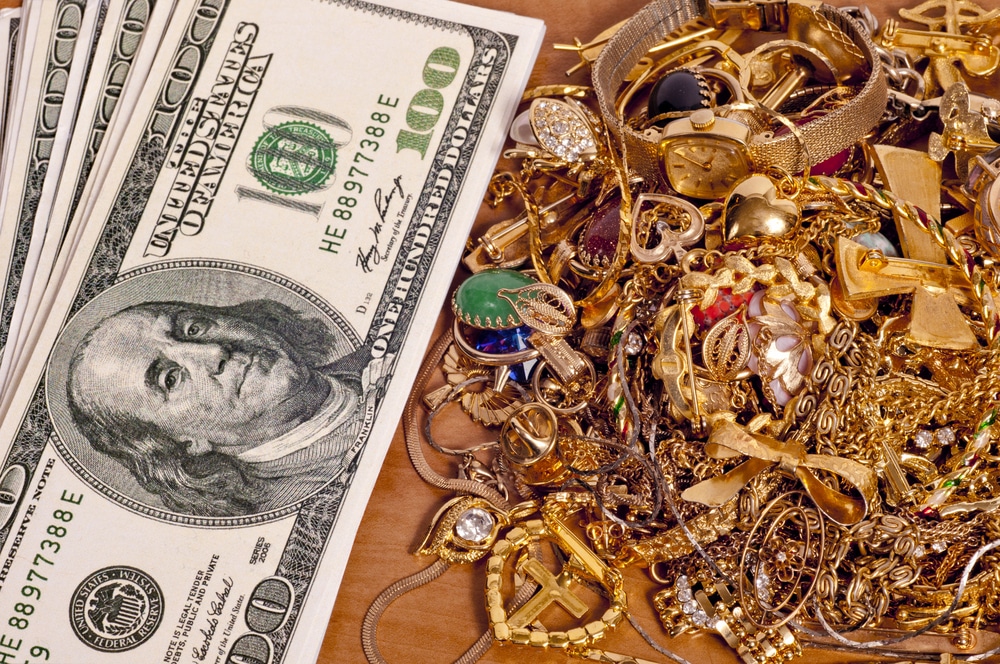Unveiling the Mysteries Behind the Valuation Process Employed by Precious Metal Buyers
Wiki Article
This valuation procedure used by precious metal buyers represents a crucial topic to anyone keen on disposing of gold. Comprehending how precious metal gets valued can help vendors formulate knowledgeable decisions as well as guarantee sellers receive a equitable price. Precious metal purchasers typically use several essential factors for ascertain an worth of gold pieces, including purity, weight, plus present market valuations. All these elements has an significant role during the overall valuation process.
A among the initial stages in the appraisal process is evaluating its fineness in a gold. Precious metal fineness is assessed by karat weight, with twenty-four karat representing pure gold. Most gold jewelry tends to be usually 100% while it may may consist of 10, fourteen, and eighteen karat. A greater the karat value, the more greater precious metal material the piece contains. Precious metal buyers often use a testing technique, such as acid testing or electronic testing, for determine the fineness in a gold. Such stage is crucial because it immediately influences an piece's worth. For instance, instance, a 24-karat precious metal piece shall become valued more than one fourteen karat item, although if both weigh the same.
The mass in a gold item is another critical factor in the appraisal procedure. Precious metal can be generally weighed by grams or troy. Buyers will weigh the gold to calculate its value based to its fineness. This mass gets combined with the gold's fineness percentage for determine an quantity of 100% precious metal contained in a piece. For instance, when a 14-karat gold ring weighs 10 grams, the item holds about 5.83 grams of pure gold. Such calculation helps buyers ascertain the amount much buyers will be prepared to pay for an item.
Current trading valuations also play a significant role during the appraisal for precious metal. Current valuation for precious metal fluctuates based on supply and demand, economic conditions, and global occurrences. Precious metal purchasers maintain an close eye over such trading trends for guarantee buyers offer competitive prices. Buyers often look at the spot valuation for precious metal, that represents the present trading valuation of instant transaction. Such valuation can fluctuate daily, so buyers must stay updated for provide accurate valuations. Sellers should likewise be aware of these trading trends, as they may influence the price they receive in exchange for the precious metal.
Finally, the state and craftsmanship of a gold item can affect the worth. Unique designs, designer labels, and cultural significance can all contribute toward an value for the item. For, a finely made gold necklace by a famous brand can command an higher price than a similar item without any brand label. Purchasers will consider these factors while formulating an offer. Sellers should take some effort to clean and present the gold pieces well, as it can positively affect the purchaser's perception and a final valuation.

In summary, this Related Site appraisal procedure employed from gold purchasers involves several important elements, including purity, mass, present trading prices, and the condition of the piece. Understanding these elements can help vendors navigate the disposal procedure better efficiently. Through being informed about how gold is assessed, sellers can ensure sellers obtain an fair valuation in exchange for the precious metal pieces. Whether selling jewelry, currency, or other gold products, awareness about this appraisal procedure remains crucial for making smart financial decisions.